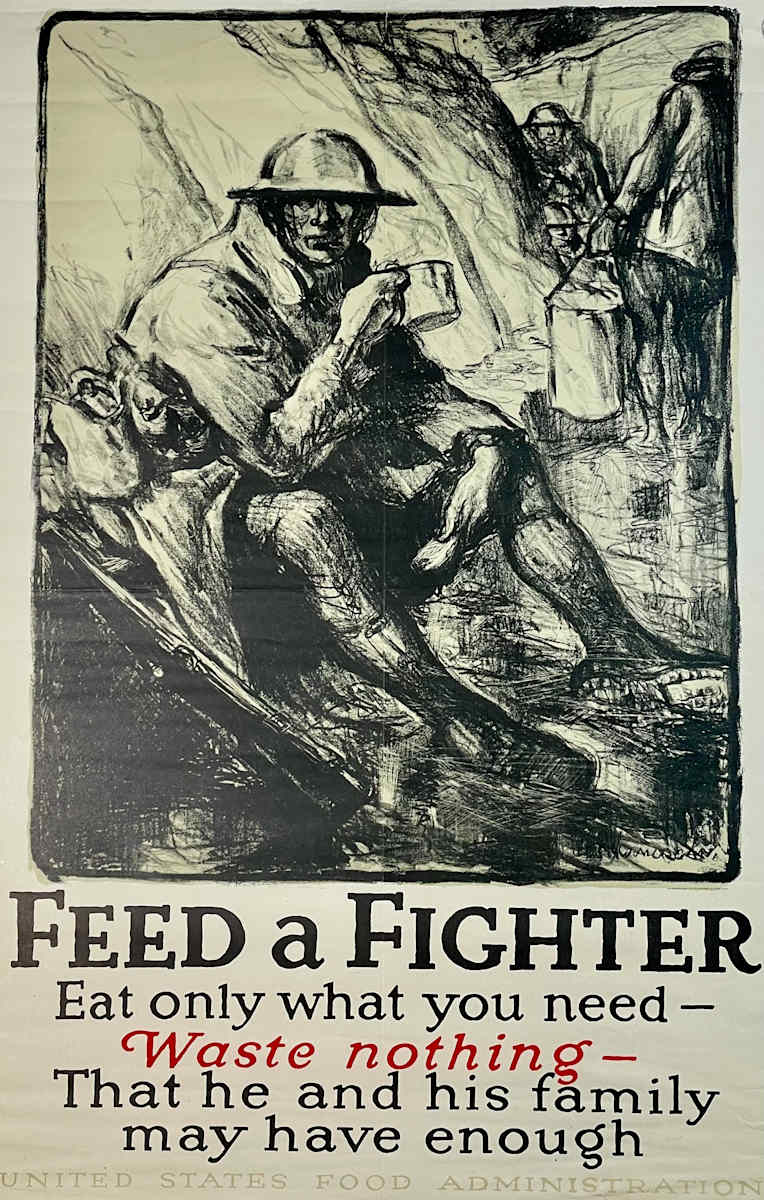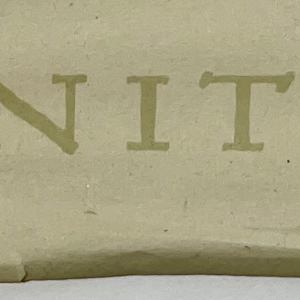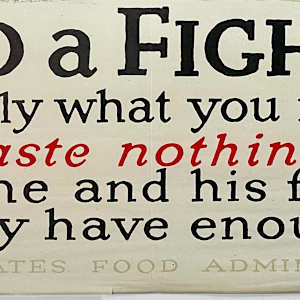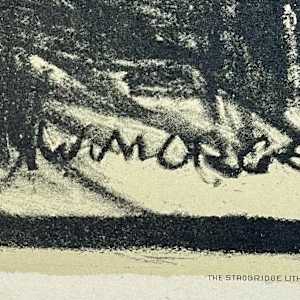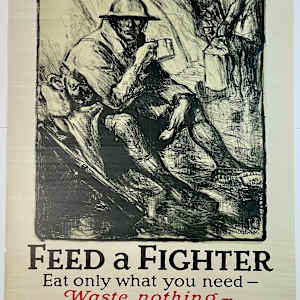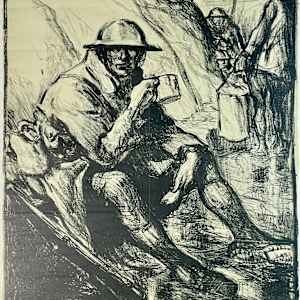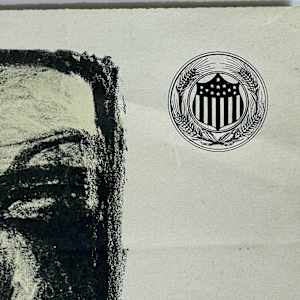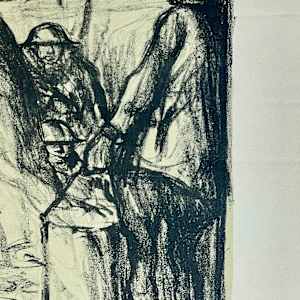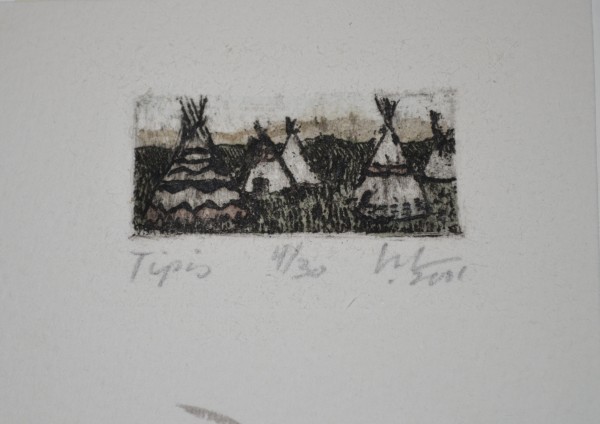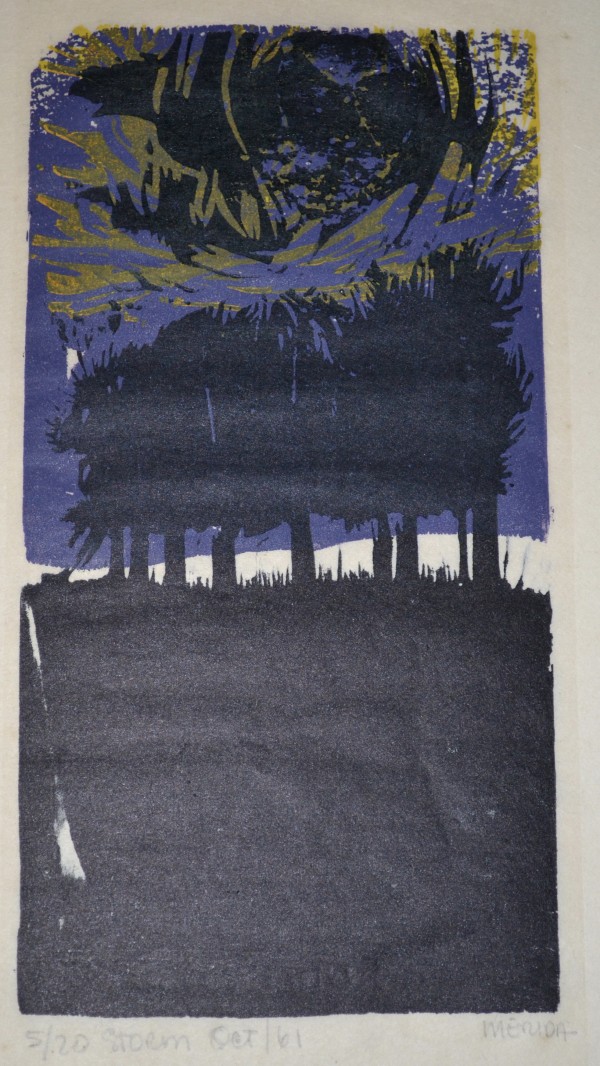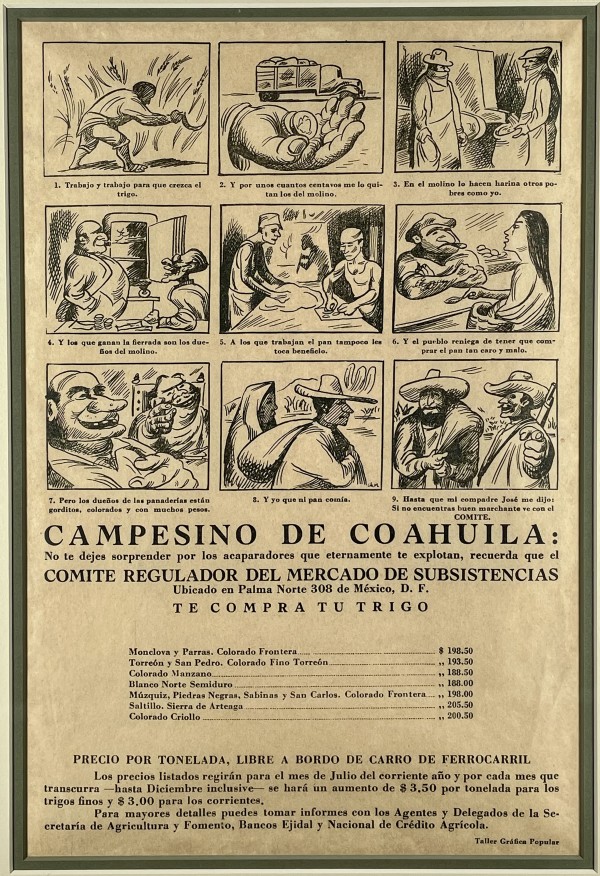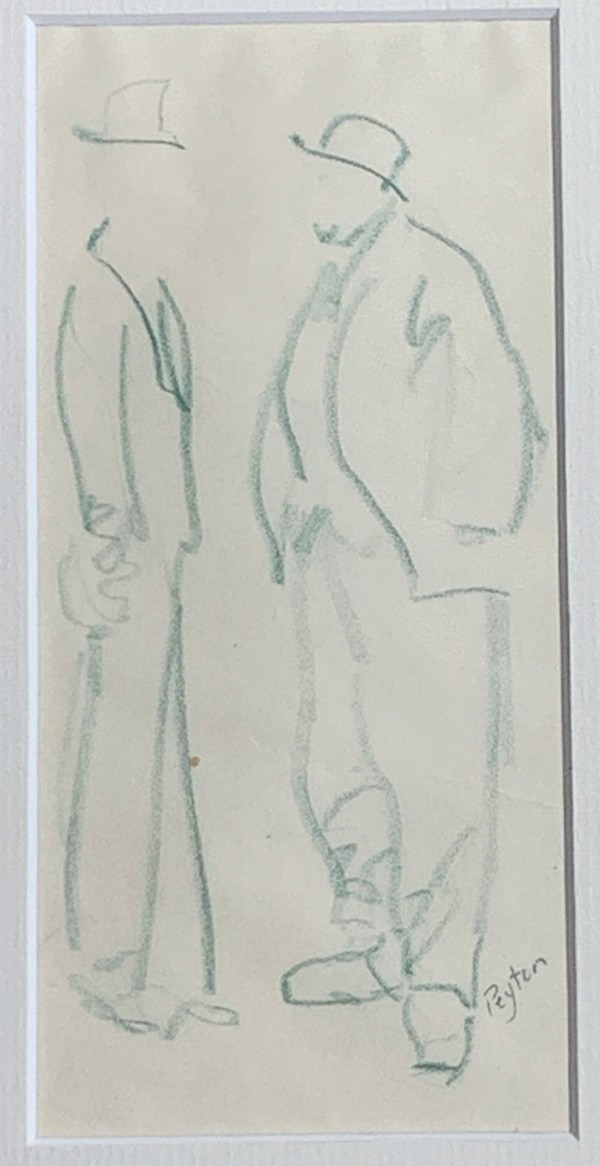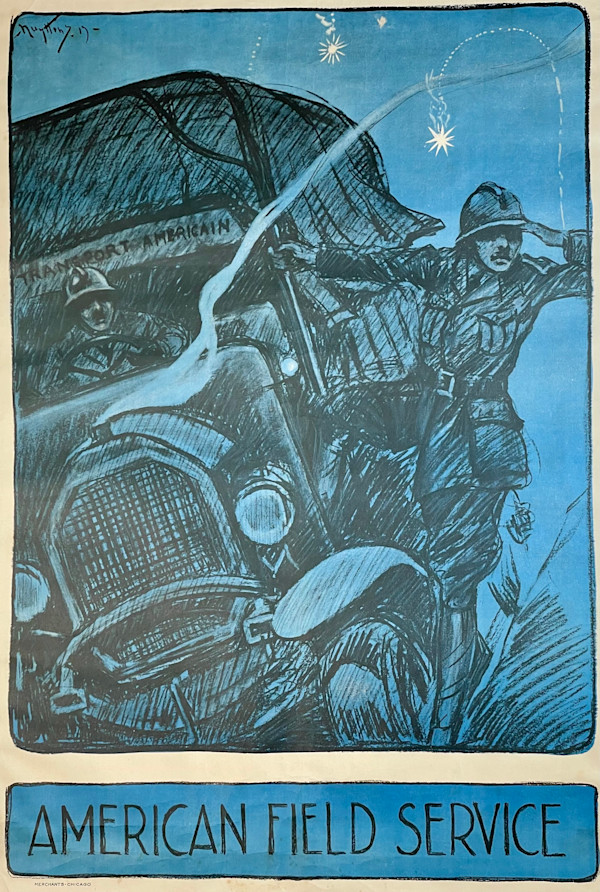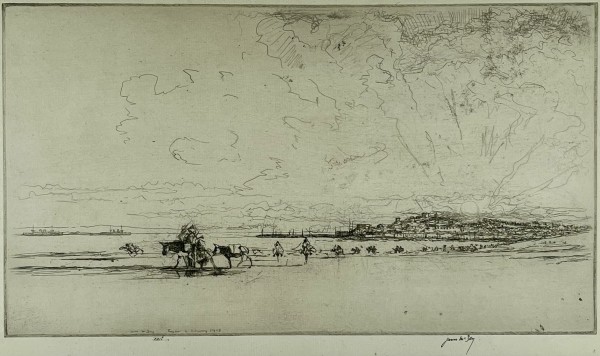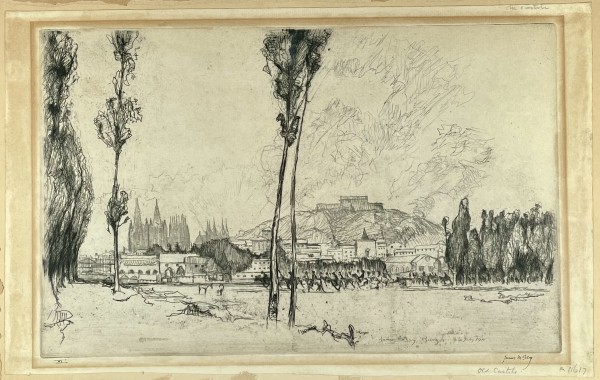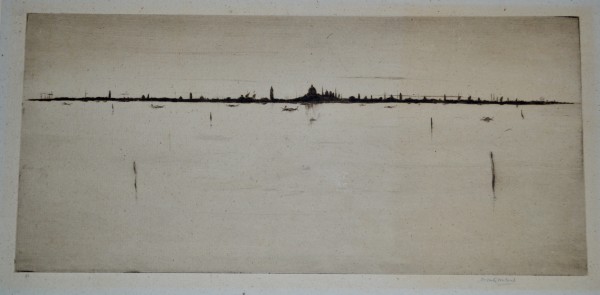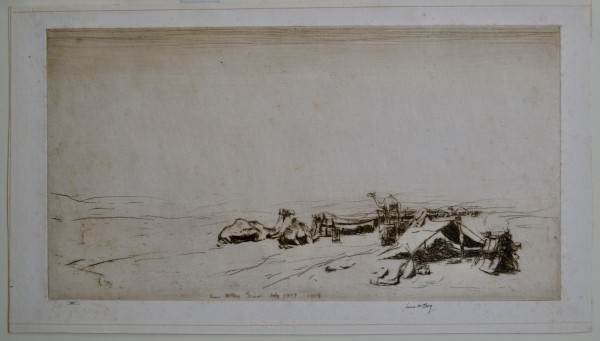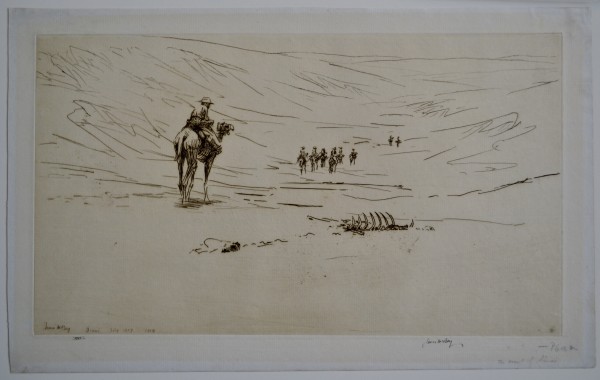- Wallace Morgan
- Feed a Fighter, c. 1918
- Lithograph
- 29.5 x 20.25 in
- Signature: Signed in plate Morgan" lower right-hand corner Printmaker "The Strobridge Litho. Company of Cincinnati and New York City" lower right-hand corner Poster number "No 15" in lower left-hand corner
-
Not For Sale
The message to the domestic population in this poster by Wallace Morgan was to conserve food and waste nothing so that all fighters and their families could be better taken care of. Morgan was one of a handful of artists selected by General Pershing to create posters during the War and they were provided with broad access to the soldiers in the fields, hence the very realistic portrayal of the fighter in this poster.
Wallace Morgan (1875 - 1948) grew up in Albany, New York where his family had moved shortly after his birth. Upon graduation from high school he returned to his birthplace, New York City, to pursue a career in art. He studied at the National Academy of Design while working at the New York Sun as a part-time artist. Morgan went on to open his own studio and his ability to sketch quickly was put to effective use during the War. His work projects an air of activity and movement into scenes of combat. A number of his pictures also reflect his apparent interest in the many columns of troops, animals, and equipment that moved ceaselessly across the battlefields of France. After the war Morgan returned to work in his studio in New York City.
A man hunkers in a trench surrounded by shadows, obscuring his surroundings. The impression is dismal while below a caption exhorts the viewer to conserve food to feed the soldier, who is without food.
“Feed a Fighter” was created by Wallace Morgan in 1918 in the midst of both World War I and a global food shortage. Grain was at the heart of this crisis because grain is transported the easiest and the basis for most foods, so when grain production fails, food production fails. Grain prices rose dramatically as Europeans and Americans competed for a limited supply of grain Poor crops in 1916 and 1917 exacerbated the issue. The US produced a billion bushels of wheat in 1915. A year later, we barely produced half of that, only producing 636 million bushels. Posters, such as this, were created to encourage the preservation of food to supply soldiers with the food that they needed to fight. Liberty gardens were created to relieve the strain on farmers and farming was studied to increase production and eliminate waste. People were encouraged to use corn and rye as substitutes for wheat. These posters encouraged people to adhere to ration days, such as wheat less Mondays and Wednesdays or meatless Tuesdays, so that their soldiers could eat. These posters encouraged people to adhere to an otherwise dreary meal plan.
Theofiles 85
- Subject Matter: Portrait
